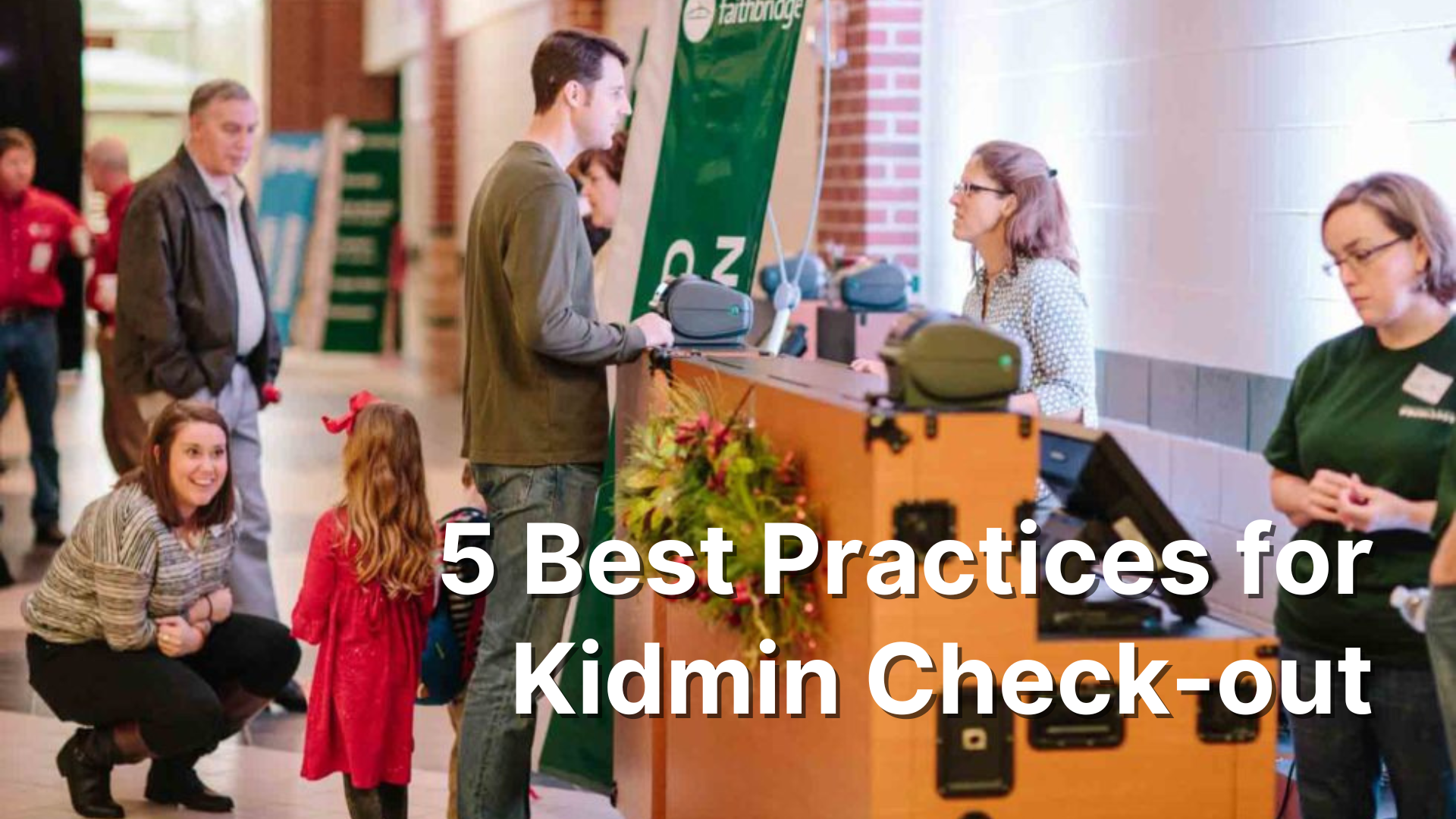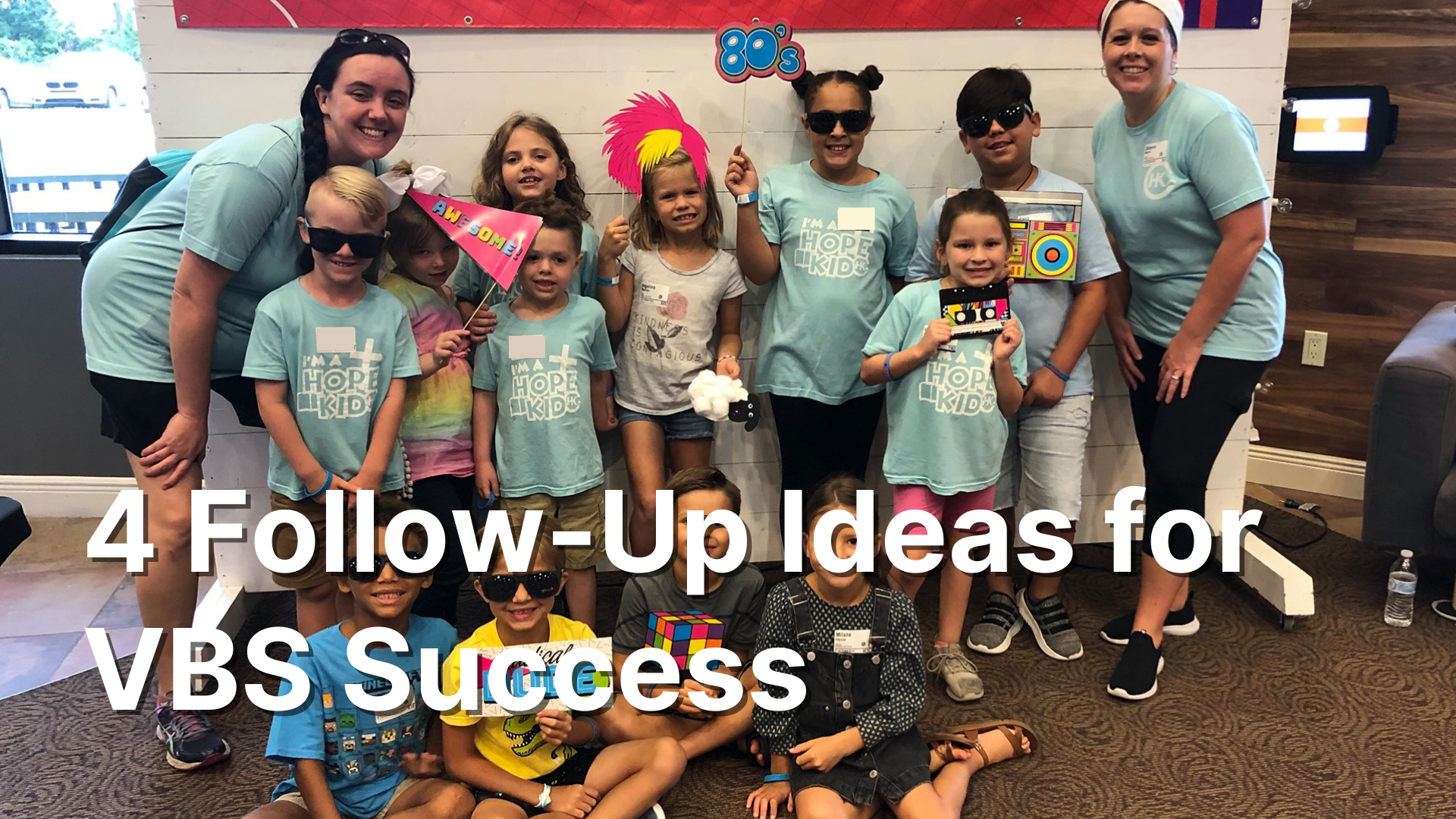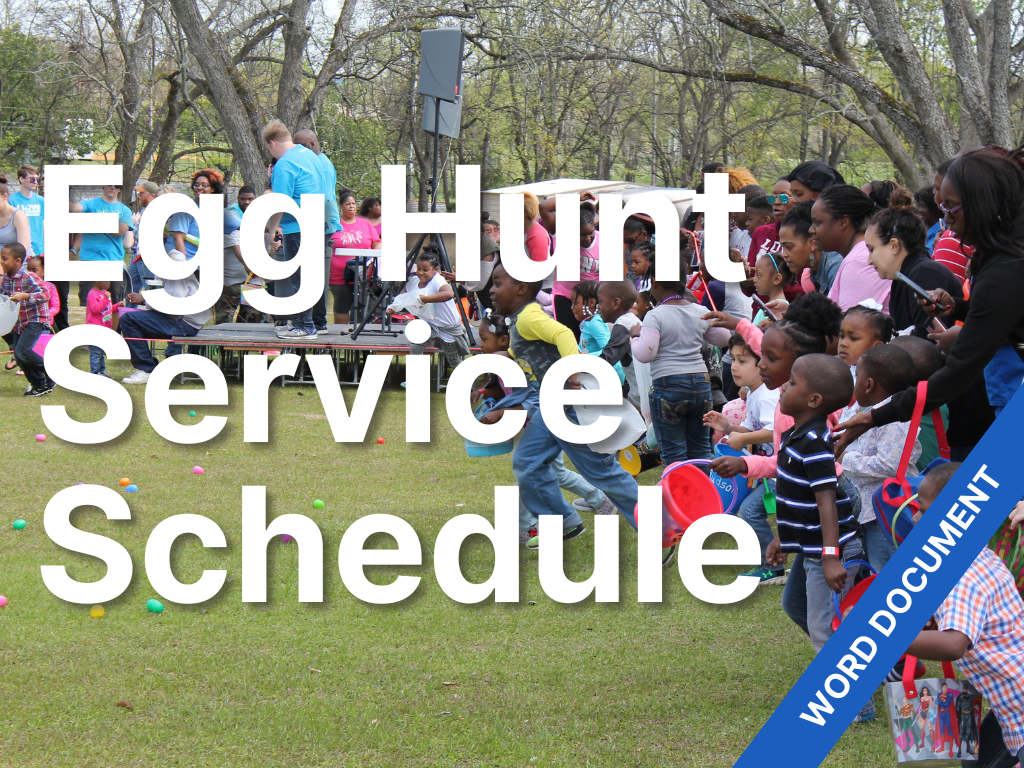3 Steps to Move First-Time Guests to Regular Attenders
Photo by Karl Fredrickson on Unsplash
If you’re in a church that wants to grow, then a frequent conversation around the office is how many guests came to your service or event. If you think about it, everyone who attends your church now was a first-time guest at some point.
But what is the process to get them there? How did they move from coming from the very first time to being a regular attender? How do you get guests to stick?
There are a lot of strategies out there to get new people to come to your church, and I won’t go through them here. However, there is an underlying thought for whatever strategy you use to move a first-time guest to a regular attender.
It’s called a funnel. The business world calls it a sales funnel, but for the church world we can simply call it a guest funnel. The prevailing belief is that if you can get a first-time guest to attend your church, event, restaurant, store, venue or whatever at least three times in a short amount of time, then you’ve created a regular.
But how do we do that? One part of the puzzle is to have a strategy for moving first time guests through the funnel to becoming regulars.
Here’s how.
1. First time guests
Your first-time guests are going to be the largest part of your sales funnel. You want to get as many people into your church as possible. If you’re looking for a number to shoot for, Rich Birch says that whatever number you want to grow to you need to have that many first time guests. In other words, if your children’s ministry is 30 kids and you want it to grow to 50, you need to have 50 first-time guests to attend in a year.
This is not an exact science and in our post-COVID world results may vary but getting that many guests to attend your church is never a bad thing.
Many ministries stop at getting the people in the door. The regulars are excited the guests have come, but there’s little in the way of collecting their information or showing them the next steps. If you want your guests to come back again, you need to have a strategy for inviting them back.
The beauty of children’s ministry is that you should already be collecting their information for safety and check-in. On your guest card, don’t just ask for name and number. Ask for their home address, how they heard about you, allergies and so much more. If you’d like to see my first-time guest card, you can get it here.
On Monday morning, I’ll take these guest cards, enter them into my church management system (ChMs) and create a mailing list. Then I’ll send those kids a card thanking them for coming and promising a prize if they come back with the card.
I then add their parents to the whole church assimilation process which includes thank you card for the parents, texts, emails, and a gift for them. Most of these things don’t happen in a week, but it’s a process that spans several weeks in hopes of getting the family to come back.
2. Second time guests
If your guest comes back again, then you know your funnel is working. You should be tracking first, second, and even third time guests to make sure your contacts and incentives are being effective.
It’s very important that you make an effort to remember their names. Think about how you feel when you walk into a place and instead of just saying hello, they say hi, [your name]. We get a rush of endorphins when we hear our name spoken and will instantly make us feel welcome.
There are a number of strategies out there to help you remember names and there are some people that are better than others, but it’s a learned skill. If you’re one of those people who say they’re bad with names, the first thing you need to do is to stop saying that. It becomes a self-fulfilling prophecy, and you’ll never get better.
We’re in ministry, which mean we’re in the people business. It’s imperative that you learn people’s names as fast as possible. It shows you care, and they are important to you.
If some churches don’t have a strategy for first time guests, even more don’t have one for second timers. If you followed my system of sending a card, whether they brought it with them or not, they still get a prize for coming back. This can be the same as the one before or bigger and better. Just know that what a person experiences in their first few visits will be what they expect forever.
At church number 3, we had a store with toys and candy from Five Below. First-time guests would get candy, but a second-timer could pick anything they wanted. I also used the store for discipleship incentives, but that’s another post.
After their second visit, I’d send them another card thanking them for coming. They’d also go onto my follow up list to call or email if they hadn’t been back in three weeks. My ChMs helped me source this list that not only had second time guests, but regulars I hadn’t seen in that amount of time.
3. Third time guests
If a family returns for the third time in as many weeks, you can be confident they’re going to be regular. Even if they come three times in as many as 6 weeks you can still count on it. Longer than that, there is a higher chance they won’t form the habit of attending your church on Sunday and go somewhere else.
This is the time to start talking to the parents about attending your assimilation classes like Growth Track or whatever your church calls it. If you don’t have a class like that, point them to a small group or a volunteer position. You want third time guests to get plugged into your community quickly or else they may drop off and you’ll never see them again.
For kids, I make sure I really know their names and invite them to our other services, like Wednesday night groups, Sunday School, or an event coming up. Most likely if parents come back three times this quickly, the kids enjoy it too. It’s important that their kids find friends. This way church becomes about seeing their friends as much as it is about Jesus.
Just like a real funnel, the group of guests will get smaller and smaller with each visit. And that’s ok. That’s just how these things work. This is why you want to cast as wide of a net as possible to get as many people at your event or in your service as possible. The more you put in the more you get out.
Make sure you have a strategy for follow up for first, second, and third-time guests. It’s too easy to give up at each stage and hope for the best. Make a plan, use it, watch for results, and adjust as necessary. God will only send you the people you’re prepared to handle. Having a good guest funnel helps you take care of the ones He sends you.










As a pastor you’re a shepherd. It’s your job to take care of your flock. In my own experience (and even in my writing) I talk about reaching out to new people and caring for them. However, Jesus gave us the example by sharing the parable of the shepherd who leaves the 99 to go after the one.